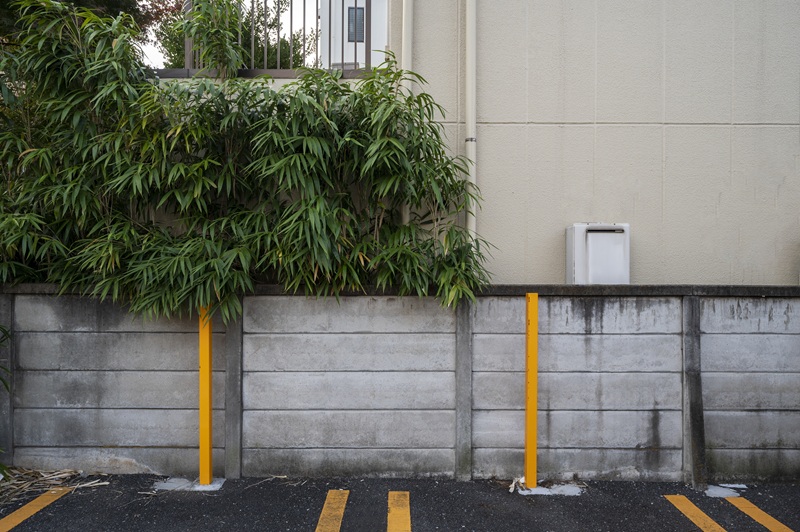When trees extend beyond property boundaries, they can quickly become a source of friction between neighbours. Overhanging branches, invasive roots, blocked gutters, leaves in swimming pools, and even damage to driveways or walls are common complaints. But what does the law say, and what remedies are available to property owners?
As urban living intensifies and properties grow smaller, neighbours are expected to tolerate certain inconveniences. Still, South African law recognises that no property owner should be deprived of the reasonable enjoyment of their land because of another’s trees.

Nuisance Law And Competing Rights
Neighbour law balances two competing principles:
- Every owner’s right to enjoy their property without interference, and
- Their neighbour’s equal right to health, comfort, and well-being in occupation of their own land.
Conflicts often arise where trees are planted close to boundaries. An owner must take care that overhanging branches, encroaching roots, or falling leaves do not create an unreasonable nuisance to the adjoining property.
Where they do, the affected neighbour may:
- Request the tree owner to act – typically by pruning or removing the encroaching parts.
- If the owner fails to comply – the neighbour may:
- Remove the branches themselves and claim the costs from the owner (Malherbe v Ceres Municipality (1951)); or
- Apply to court for an interdict ordering the owner to take action, possibly coupled with an order preventing future encroachments.
Courts, however, caution against turning to litigation prematurely, encouraging less drastic remedies wherever possible.
Vogel V Crewe And Another
The case of Vogel v Crewe and Another 2003 (4) SA 509 (T) illustrates how courts approach these disputes. Vogel alleged that Crewe’s trees interfered with his property by blocking gutters and sewage systems, shedding leaves into his pool, and damaging walls and paving. He sought an order compelling removal of the trees.
The court reaffirmed that nuisance is determined by an objective test of reasonableness. To succeed, the inconvenience must be material—not fanciful or based on fastidious standards, but measured against ordinary, sober expectations of comfort.
The judgment stressed the environmental and social value of trees: they provide shade, oxygen, and aesthetic benefit. Given this, courts will not hastily order their removal unless absolutely necessary.
On the facts, Vogel failed to prove that the trees were solely responsible for the damage or blockages. The court found that pruning overhanging branches was a sufficient solution. Vogel’s application was dismissed.
The Principle Of Tolerance
These cases highlight that while neighbours have remedies against genuine nuisance, the law expects a degree of tolerance. As society embraces “greener” environments, property owners must recognise that some inconvenience from nearby trees is inevitable.
Managing Tree-Related Disputes Constructively
Before pursuing legal remedies, there are several steps that can help prevent a disagreement from escalating into a costly dispute:
- Open communication is key – A calm discussion with your neighbour is often the fastest way to resolve the problem. Many owners are unaware of the extent of overhanging branches or root encroachment until it is pointed out. Raising the issue early, before damage worsens, helps preserve the relationship and allows your neighbour to act voluntarily.
- Keep a clear record of the nuisance – Photographs of fallen leaves in gutters, cracked paving, or overhanging branches, along with written notes of dates and conversations, provide useful evidence. In some cases, an arborist or property expert may be needed to link the nuisance to the tree. Proper documentation not only strengthens your position legally but also encourages cooperation by showing the extent of the problem.
- Focus on proportionate solutions – Courts look unfavourably on drastic measures such as tree removal unless strictly necessary. Pruning, trimming, or root containment are usually considered more appropriate. Showing that you first attempted reasonable steps will support your case if litigation becomes unavoidable.
- Seek legal advice early – Speaking to an attorney before taking unilateral action avoids costly mistakes, such as cutting more than you are lawfully entitled to or damaging the neighbour’s tree. An attorney can also advise whether your evidence meets the test of nuisance and guide you on issuing a formal demand if informal discussions fail.
Taking these steps first demonstrates reasonableness and often prevents the dispute from reaching court — saving time, cost, and neighbourly goodwill.
VDM Attorneys – Resolving Neighbour Law Disputes
Tree-related disputes can escalate quickly if not addressed with care. At VDM Attorneys, we assist property owners in determining whether their neighbour’s conduct constitutes a legal nuisance, and we advise on the most effective path forward—whether through negotiation, alternative dispute resolution, expert involvement, or legal proceedings.
For professional guidance on neighbour disputes, encroaching trees, or other nuisance-related issues, contact VDM Attorneys for tailored legal advice.